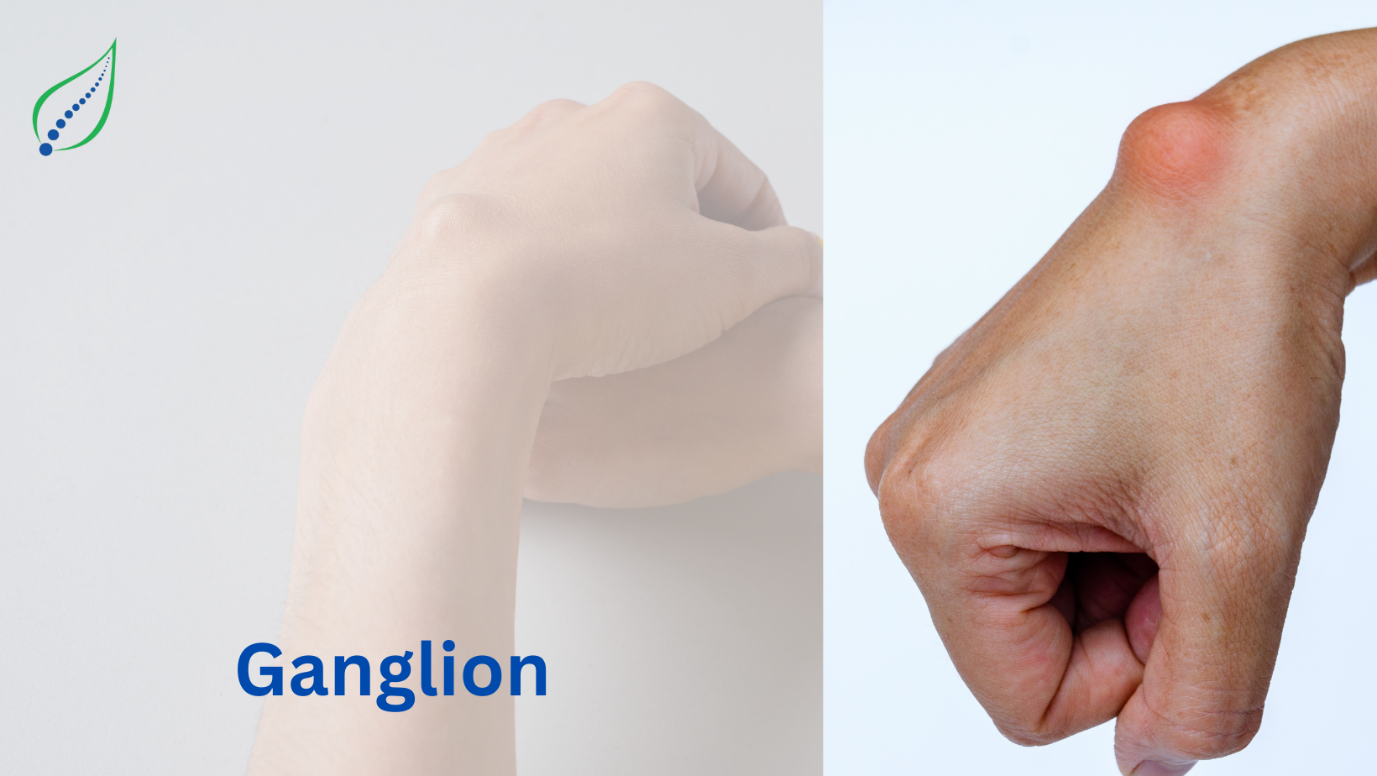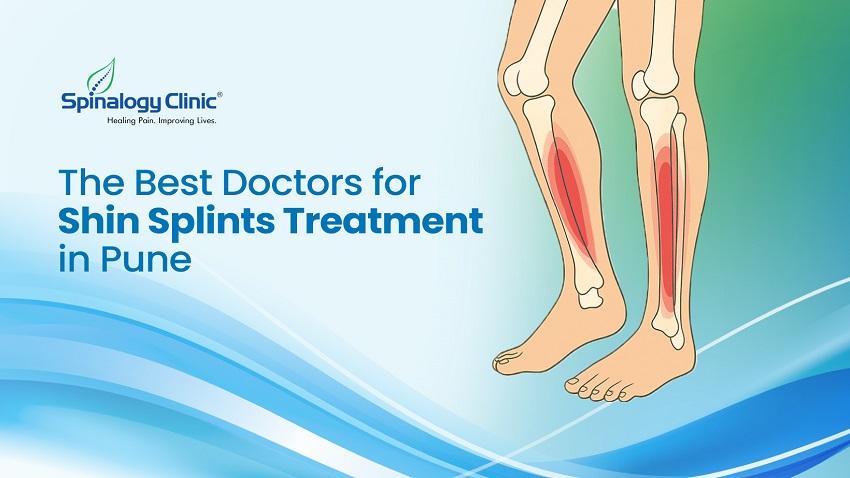Ganglion Cyst
Ganglion cysts are small bulge or benign swelling which are filled with gelatinous mucoid material seen around joints of wrist and foot. Actually, the ganglion cyst is not a cyst because this has collection of clear viscous fluid but not lined up by epithelium. The formation of cyst is like subcutaneous limp or nodule. the size of cyst is not constant. Sometimes it disappears on its own but pain won’t vary according to size; The ganglion sheaths are formed from remitting micro trauma causing mucinous degeneration of connective tissue. These ganglion cysts arise from mesenchymal cells at synovial capsular junction due to sustained micro trauma of connective tissues. Sustained micro trauma stimulates fibroblasts which produces hyaluronic acid which in turn produces mucin jelly-like substance found in ganglions.
Common sites of ganglion:
1) 70% arise from:
- Dorsal aspect of wrist near scapholunate (SL) joint
- Volar wrist near Radioscaphoidjoint and pisotriquetraljoint
- Volar retinaculum b/w A1 and A2 pulleys
2) 10 % arise from:
- Distal interphalangeal joint
- Ankle joint and foot.
Symptoms:
- Dull aching pain
- Change in size
- Spontaneous drainage
- Sensory nerve dysfunction
Causes:
There is no particular cause for ganglion cysts but common in women than men; the causative factor is not clear but it might occur to prior to trauma, synovial herniation, internal dearrangement and degenerative process associated with mucin production.
Diagnosis:
Ultrasound was used to confirm the diagnosis of a ganglion cyst and provide guidance for needle aspiration, fenestration, and subsequent steroid-anaesthetic mixture injection.
MRI will show a well-circumscribed mass with uniform fluid intensity on T2 weighted imaging.
Treatment:
Medical treatment includes aspiration and injecting steroid compound which acts as anti-inflammatory agent; it has success rate of 60-70%.
Physiotherapy treatment focused on improving normal use of hand; the main focus is on exercise, splint therapy, oedema reduction and scar tissue mobilization; the following techniques are used to gain normal use of hand.
Passive range of motion exercises for 3 joints, metacarpal, proximal inter phalangeal and distal interphalangeal joints and 2 wrist joints radiocarpal and Medio carpal joints are trained.
PNF proprioceptive neuromuscular facilitation exercises with hold relax techniques which are repeated for all fingers.
Tendon gliding exercises from wrist flexion with finger extension to wrist extension to finger flexion.
Blocking exercises: put hand on table with palm facing roof; with another hand grasp and hold affected finger at middle just below the end; Bend and straighten the finger at the end joint only while holding the rest of the finger straight. Repeat for all joints and fingers.




